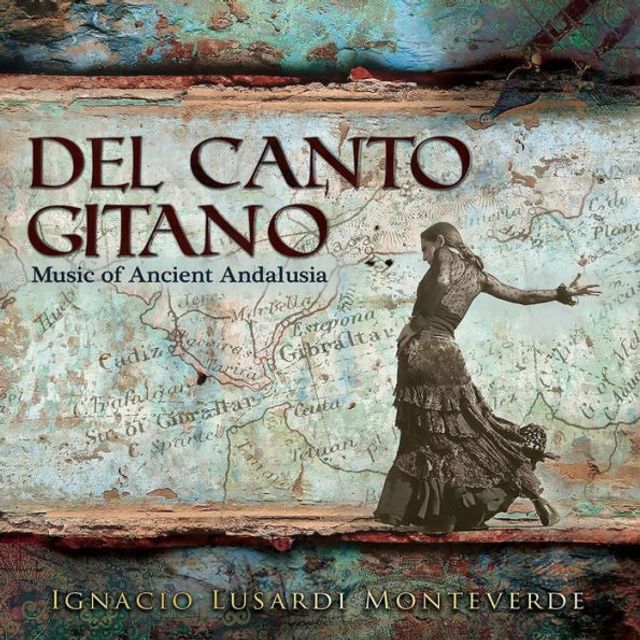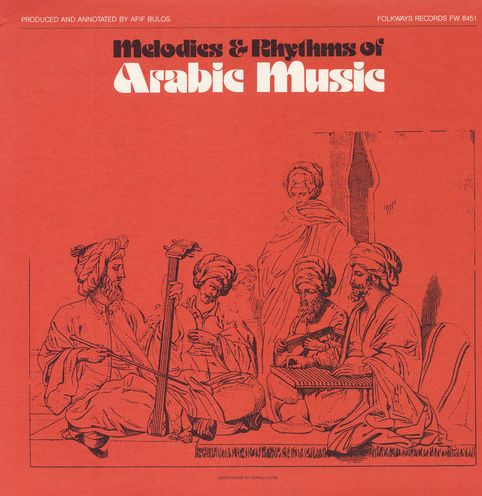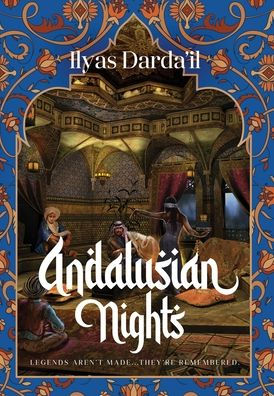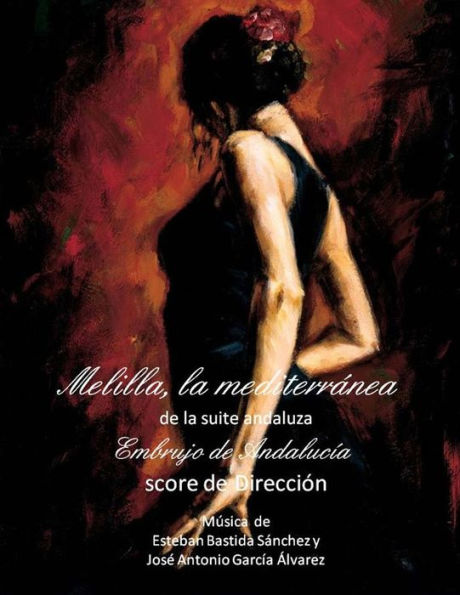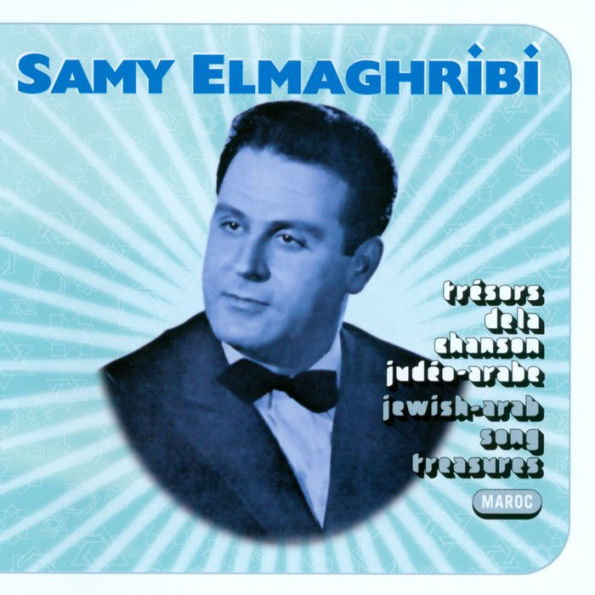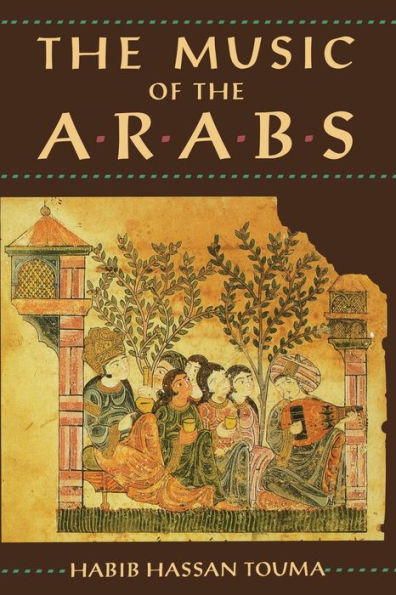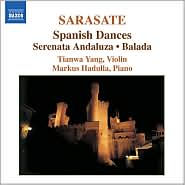Home
Al Andalus: Musique Arabo-Andalouse
Loading Inventory...
Barnes and Noble
Al Andalus: Musique Arabo-Andalouse
Current price: $14.99


Barnes and Noble
Al Andalus: Musique Arabo-Andalouse
Current price: $14.99
Loading Inventory...
Size: OS
*Product Information may vary - to confirm product availability, pricing, and additional information please contact Barnes and Noble
Originally recorded in 1976, this disc of Arab-Andalusian music was well ahead of its time in the varied sound palette with which the musicians re-created an old musical genre. It has been perennially popular, and it took decades before it appeared in
's budget
line. The Arab music of medieval Spain went largely unnotated, but, like other contemporary performers who have taken up this repertory, the ensemble
relied on North African oral traditions with direct historical links to the Spanish Golden Age. These traditions preserve suites of two or three instrumental pieces (the suite is called a nouba), perhaps beginning with an unmeasured improvisation called a taqsim and proceeding with melodies that increase in speed. The real variety is in the instrumental treatments, with each of the ensemble's seven members playing at least three instruments (
plays no fewer than 13) in a constantly shifting kaleidoscope of sound that includes all of the major instruments of the Arab classical tradition and quite a few that will be unfamiliar to most Western listeners. Part of the disc's appeal is that it brings home the much greater sophistication of Arab music of the period as compared with European traditions. Brief notes in the booklet appear in English, French, and German; they give only a general historical introduction to the music.
's new minimal packaging promises more extensive notes on the Musique d'Abord website, but those turn out to be only a slightly expanded version of the ones appearing on the disc itself. This release will whet the listener's appetite for later releases, including those by ensemble leader
himself, that treat the Arab contribution to Iberian culture in greater detail.~James Manheim
